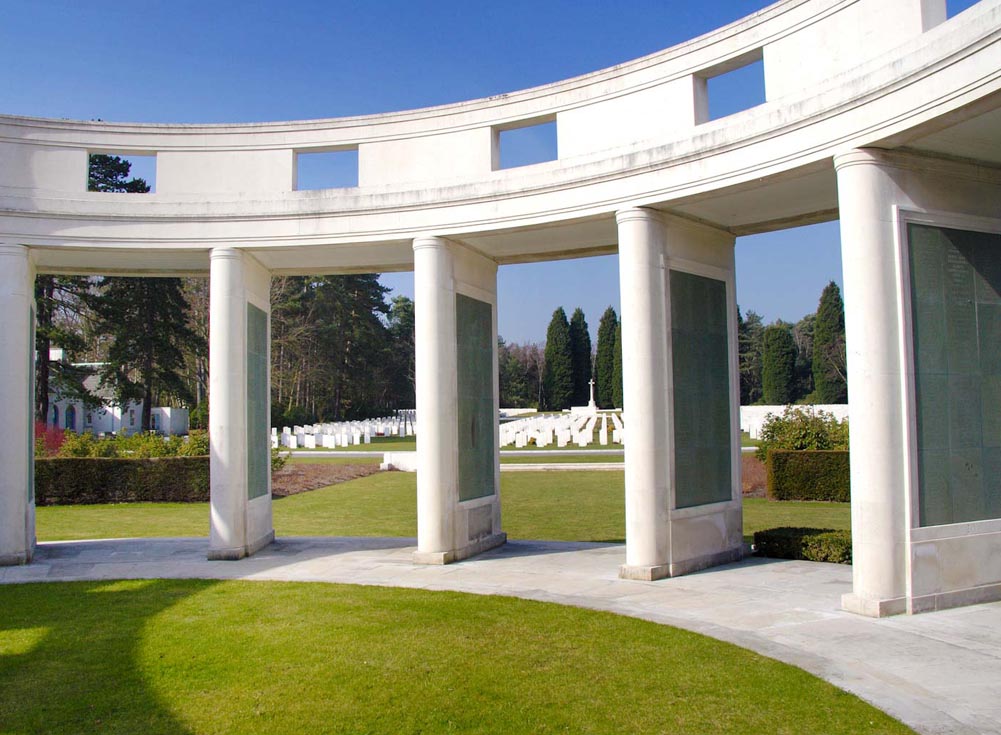01 March 2022
Remembering the women who gave their all during the two world wars

There are many stories of women from across the Commonwealth who fought during both World Wars, some of whom laid down their lives and are commemorated by the CWGC today. Here in the UK, where many medical corps and other units were based, you don’t have to travel far to discover these inspirational stories.
As part of International Women’s Day this year we’re remembering those women that served. Whilst some of the following casualties died more than one hundred years ago, their stories are still inspiring the next generation.
So, who are these women, where did they come from and what did they do during the wars? We’ve picked out some of these amazing stories from both world wars which might be closer to home than you think.
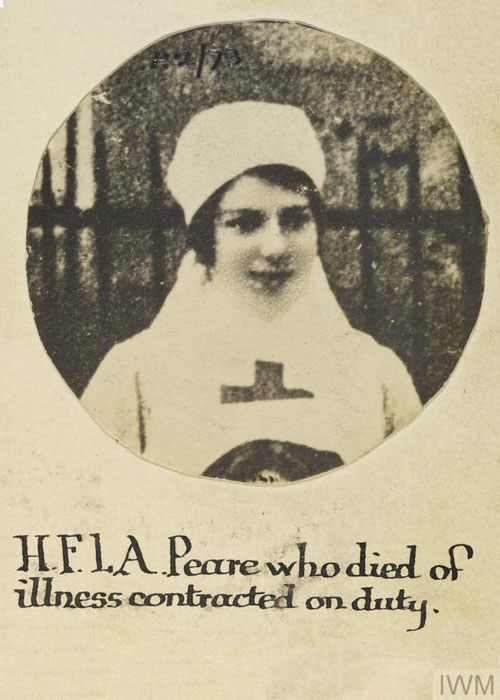
Nurse Hilda Florence Letitia Peare
Hilda Peare was born 1894 (estimated) in Co Wexford Ireland, daughter of Richard and Sarah Peare. As a child Hilda attended the French School in Co. Wicklow. In 1915, after the outbreak of World War One, she joined the Dublin Detachment of the Voluntary Aid Detachment Unit (V.A.D). and worked in the 2nd Western General Hospital in Manchester.
Whilst nursing the sick and wounded of the armed forces she contracted Scarlett fever and sadly died on 13th March 1917, she was 23 years old.
Hilda was buried at Manchester Southern Cemetery with full Military honours, a gun carriage and firing party being supplied by the Commanding Officer of the Heaton Park Depot. It was reported that the funeral was well attended by members of the V.A.D nursing staff; Sergeants of the local Royal Medical Corps detachment acted as pall bearers.
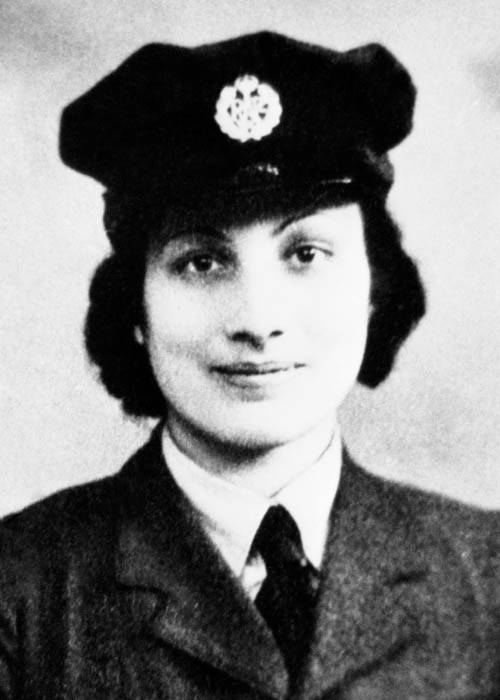
Section Officer Noor Inayat Khan
Shortly after her birth in Moscow in 1914, Noor Inayat Khan and her family left Russia for Paris, and then moved onto London after the outbreak of the World War One. By 1920 however, Noor and her family had moved back to France.
Fast forward to 1940, Noor and her brother Vilayat wanted to do their part during World War Two, despite being raised to believe in non-violence. They escaped to England to join the war effort. Noor joined the Women’s Auxiliary Air Force where she trained as a wireless operator.
Noor came to the attention of the Special Operations Executive (SOE) who were looking for people who spoke fluent French. She was quickly recruited and in 1943 became one of the first women to be sent for specialist SOE signals training.
Called away from her training earlier than planned, she was flown to France and made her way to Paris. Little did she know, the SOE group she was sent to join was about to be unravelled by the Nazi secret police.
Noor quickly became the only SOE wireless operator left in the Paris area. After months of difficult and dangerous work, she agreed to return to the UK. But just two days before she was due to leave, Noor was arrested by the secret police.
She was killed in Dachau concentration camp on the morning of 13th September 1944. She was 30 years old. Today she is commemorated on CWGC’s Runnymede Memorial in Surrey.
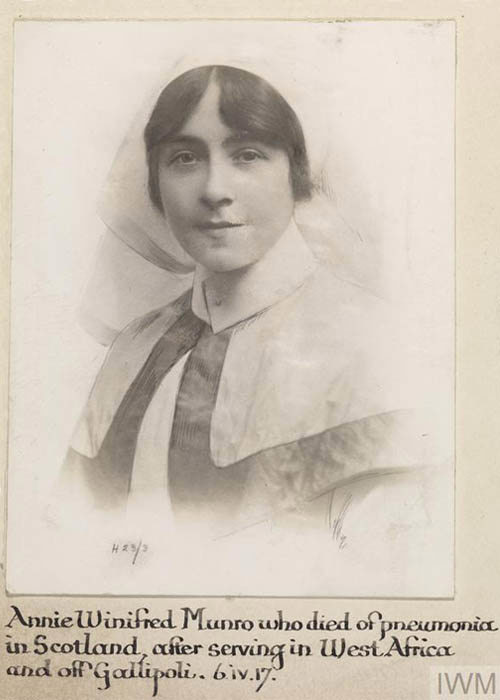
Staff Nurse Annie Winnifred Munro
Annie Munro was the daughter of William and Ellen Munro, of Pietermaritzburg, Natal. Her brother also died in service during World War One. Annie started her nursing career in West Africa where she was looking after the armed forces. Annie then served on-board a hospital ship caring for casualties from the fighting in Gallipoli.
She would also go on to join the South African Expeditionary Force in France. For this assignment she was based close to the front lines, working very long hours, often in demanding conditions. As a result, she contracted pneumonia, and travelled to England to recover.
When she felt better, she travelled to Scotland, where her father had been born as she had a desire to visit and travel through the country her father was from.
Unfortunately, she travelled no further north than Glasgow. Annie became ill again and was taken to hospital in Glasgow where she succumbed to her disease and died on the 6th April 1917, aged 26.
She is cared for by the Commonwealth War Graves Commission in the Glasgow Western Necropolis where she was buried with full military honours. Her original grave marker was commissioned by the South African’s Comfort Committee, under the direction of Viscountess Gladstone who reached out to Sir Herbert Baker to design Annie’s headstone. Today, you will find a CWGC pedestal marker at the base of Annie’s original headstone which was installed because the original headstone was no longer legible.
Photo; ANNIE WINIFRED MUNRO | Imperial War Museums (iwm.org.uk)
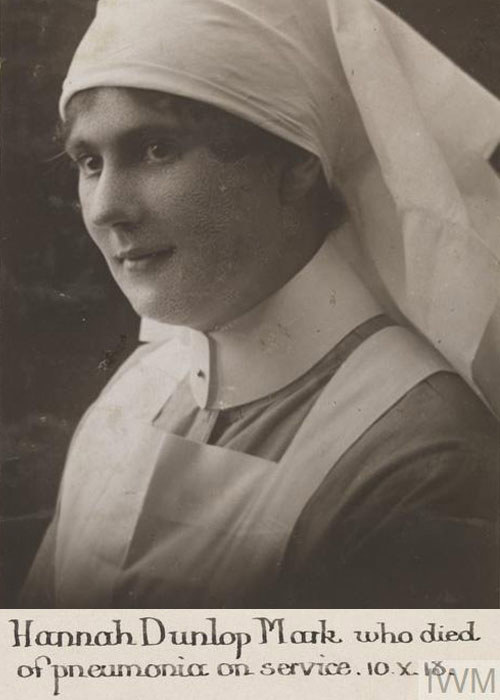
Nurse Hannah Dunlop Mark
Born in 1895, Hannah Mark was the fourth of nine children. Her father, Alexander Marks, was employed as a Highway Surveyor and the family lived in Bridgend, Glamorgan.
By 1914 Hannah was training to become a nurse and served throughout the War as part of the Territorial Nursing Service. In 1918 she was working at the 1st Western Military Hospital in Fazakerley, Liverpool where she contracted and died of pneumonia following influenzathe Spanish Flu outbreak. She was 23 years old.
After her death, Hannah’s body was returned to Bridgend Cemetery, and she received a well-attended funeral with full military honours. The Matron in Chief of the Territorial Force Nursing Service wrote a letter of condolence to Hannah’s family in which she said, “A record will be kept at the War Office of the cheerful, willing service assistant Nurse Mark has rendered to her country while on active service at home, it was with the deepest regret that the report of her death was received.”
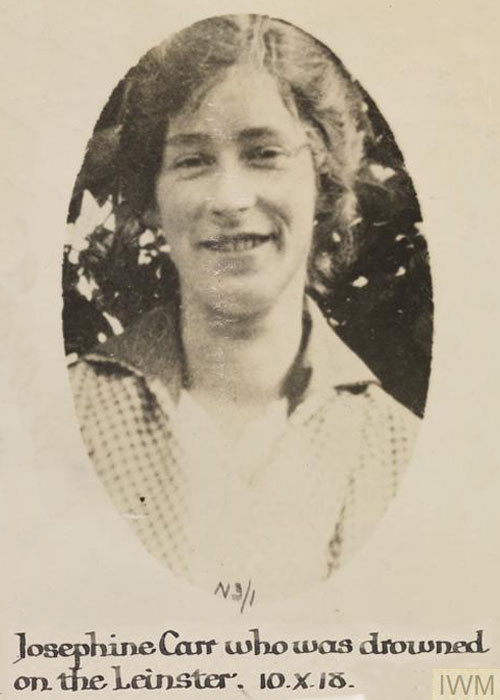
Clerk Josephine Carr
The first service woman in the Women’s Royal Naval Service to be killed by enemy action was Josephine Carr. Born in Cork, Ireland, she worked as a shorthand typist after enlisting in the WRNS on 17th September 1917.
On 10th October, 1918, she and two fellow Wrens boarded the mail ship SS Leinster, to travel to Holyhead. Shortly after leaving Dublin Bay, the Leinster was hit twice by torpedoes fired by a German submarine and sunk in just eight minutes.
Over 500 of the 700 passengers and crew died in the icy waters of the Irish Sea. Whilst some bodies were recovered and buried, Josephine's body was never recovered, and she is commemorated on panel 31 of CWGC’s Plymouth Naval Memorial.
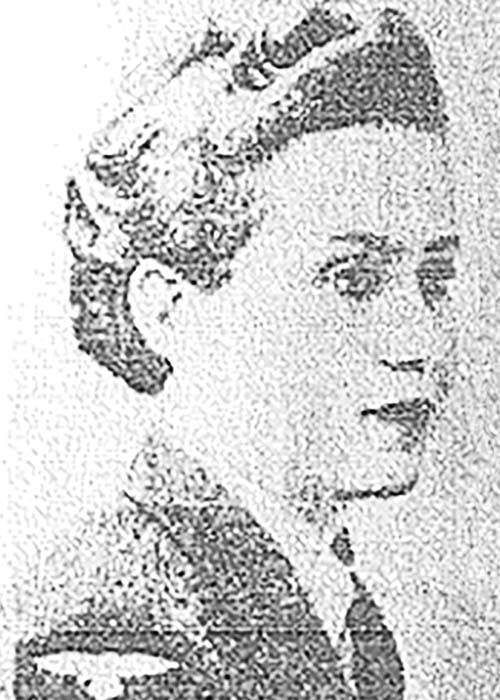
Section Officer Karin Lia Hughes
Karin Hughes was a Section Officer at RAF Lichfield in Staffordshire. She was a passenger on board a 27 OTUa Wellington MkX bomber from Litchfield, serial number LN295, which collided with another Wellington MkIII from 26 OTU based at Wing. Both aircraft came down near the main gate at Alconbury Airfield in Huntingdonshire and were on a training flight.
The rest of the crew from her bomber were all Aussies and all rest with her in Cambridge City Cemetery, except for the pilot, RAF Lichfield Station Commander Gp Capt P G Heffernan who survived. He spent weeks recovering in Ely Hospital.
Karin was the wife of Patrick William Hughes, daughter of Hugo and Alice-Emilie Lintrop, once of Talinn, Estonia.
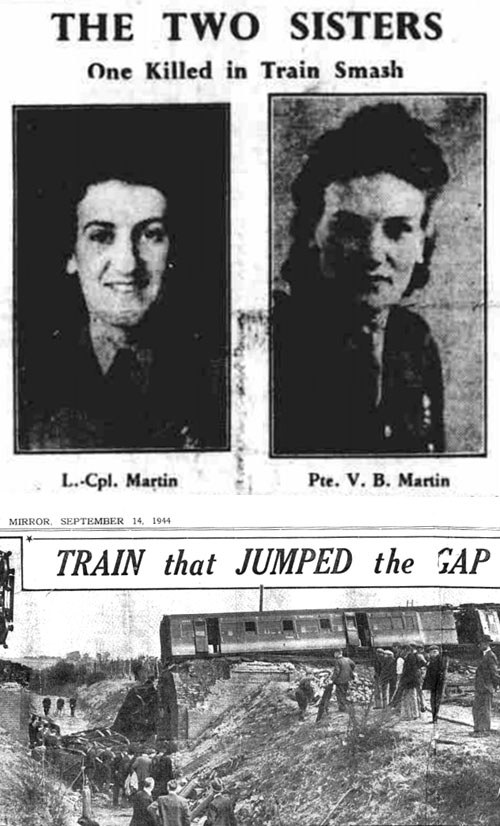
Private Vera Barbara Martin
Vera Martin, known as ‘Babe’ to her family, was born and raised in Shoreham, Kent and was inseparable from her sister, Gwen. When Gwen joined the Auxiliary Territory Service in 1942, Vera joined up in the same capacity to and the sisters were posted to the same station.
Both sisters worked as ‘plotters’: working in shifts, tracking the size and direction of incoming German raids. Gwen described her sister as always being happy at her work and genuinely enjoying life in the Services. "We did everything together. We had two narrow escapes from flying bombs, but ‘Babe’ was never frightened and was laughing to the end."
Vera and her sister were on their way by train across Kent to a ‘rest battery’ when, on 16th August 1944, their train derailed due to a gap in the line. This had been caused by a V1 ‘Doodlebug’. Nine people were killed, including Vera. Gwen survived with minor injuries and bravely helped the rescue effort. Vera was just 19 years old. She is commemorated by CWGC at Shoreham Cemetery.
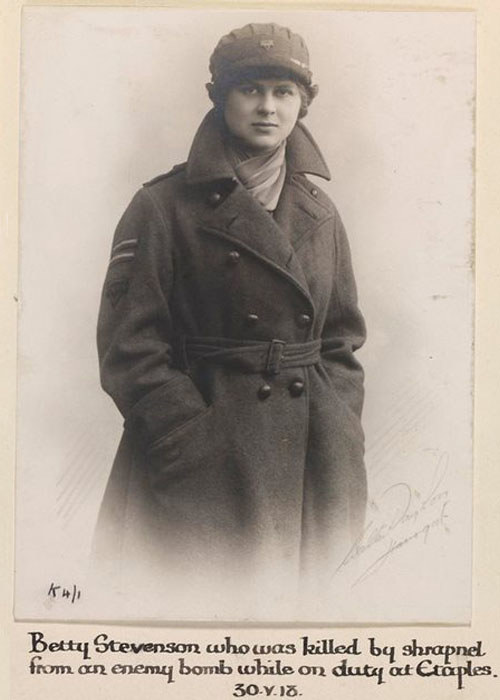
YMCA VOLUNTEER BERTHA ‘BETTY’ STEVENSON
In April 1917, Betty Stevenson was posted to Etaples as a YMCA driver, responsible for transporting relatives from England visiting the wounded in hospital. Betty was killed by an air raid in 1918 while assisting French refugees. She was given a military funeral and was posthumously awarded the Croix de Guerre avec Palme by General Petain, for courage and devotion to duty.
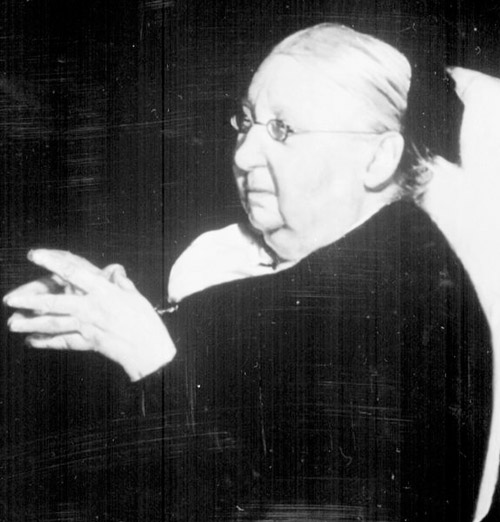
GERTRUDE JEKYLL – THE GARDEN DESIGNER
Although not directly employed by the Commission, Jekyll’s influence on our work can be seen at CWGC war cemeteries across the world. Her pre-war collaboration with Lutyens is reflected in his work for the Commission. The use of planting to soften the look of our masonry and the creation of a garden, rather than a cemetery, ensures our sites are places for the living as much as places to remember the dead.
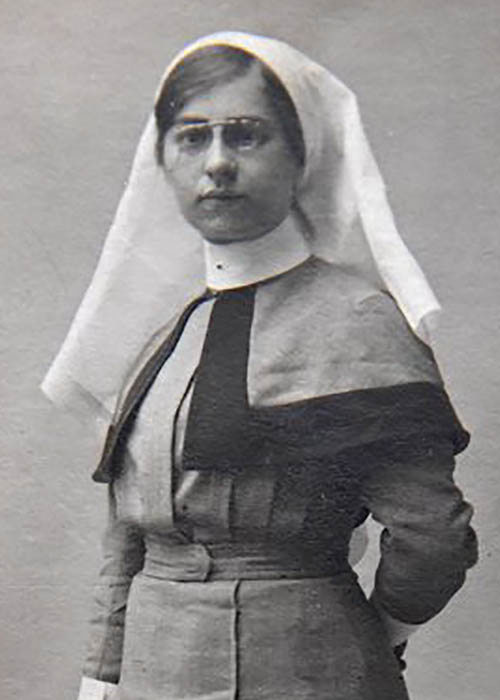
NELLY SPINDLER
Nellie Spindler was from Wakefield and is the only woman to be buried here amongst 10,800 men.
One of only two women to be buried in Belgium.
Nellie Spindler served with the Queen Alexandra’s Imperial Military Nursing Service
In the summer of 1917 she arrived at 44th Casualty Clearing station at Brandhoek, which specialised in treating stomach wounds. This field hospital was nearer the front, because stomach wounds had to be treated as quickly as possible due to the risk of infection.
Staff Nurse Nellie Spindler was mortally wounded on 21st August 1917 by an artillery shell when enemy fire aimed for the railway and the ammunition dump nearby landed next to the nurse’s quarters. Nellie died 20 minutes later.
The Casualty Clearing Station was quickly evacuated and transferred to Lijssenthoek near Poperinge the same day. Nellie's body was transferred too. She was given a military funeral the next day. (Grave XVI.A.3)
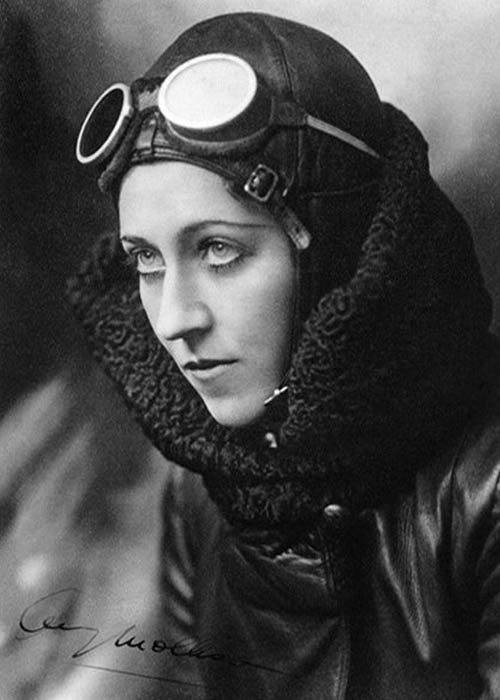
Amy Johnson
Amy Johnson was the first female pilot to fly alone from Britain to Australia and she set numerous long distance flying records during the 1930s.
During the Second World War Amy volunteered for the Air Transport Auxiliary which transported military aircraft throughout the British Isles. Amy died on 5th January 1941 when her aircraft ran out of fuel and she parachuted into the freezing Thames Estuary near Herne Bay. Her body was never recovered. She is commemorated on the Runnymede Memorial.
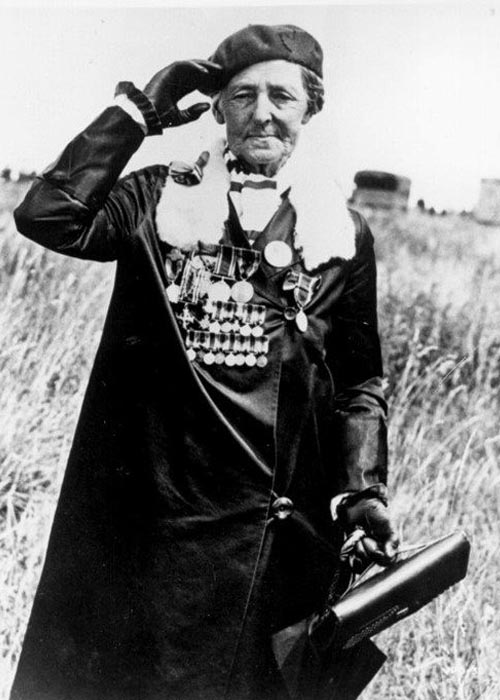
1936 NATIONAL MEMORIAL (SILVER) CROSS MOTHER – CHARLOTTE SUSAN WOOD
In 1936, Mrs. Charlotte Susan Wood from Winnipeg, Manitoba, became known as the first National Memorial (Silver) Cross Mother when she placed a wreath on the tomb of the Unknown Soldier at Westminster Abbey in London, England, on behalf of all Canadian mothers who have lost a child in military service to their country.
On 24th August, 1914, her son, Private Frederick Francis Wood, was killed at Mons, Belgium while serving with the Duke of Cambridge's Own (Middlesex Regiment).
On 5th May, 1917, a second son, Private Peter Percy Wood, was killed at Vimy Ridge while serving with the Canadian Infantry (Saskatchewan Regiment).
(Photo: Library and Archives Canada/PA-148875)
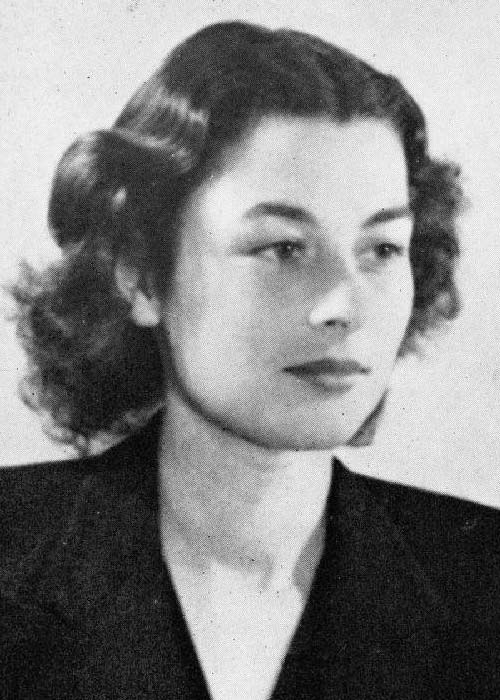
VIOLETTE REINE ELIZABETH SZABO
Violette Szabo worked for 'F' Section in Special Operations Executive (SOE) during the Second World War. During a mission in France she was captured and imprisoned by the Nazis. She was executed in Ravensbrück concentration camp and posthumously awarded the George Cross, the highest honour given to civilians.
Violette initially joined the Women’s Land Army when war broke out and then the Auxiliary Territorial Services (ATS) in 1941. Her mother was French and she spoke French fluently having spent a lot of time there as a child. This was an important quality for 'F' Section recruits
In July 1940, she had met Etienne Szabo, an officer in the French Foreign Legion. They were married after just five weeks and Violette gave birth to their daughter Tania on 8th June 1942. Four months later Etienne was killed in action in North Africa.
Shortly after Etienne’s death, Violette was recruited to ‘F’ Section in SOE, whose agents went to occupied France to work against German forces.
On her first mission to France in April 1944, she acted as courier to Philippe Liewer, whose resistance network in the Rouen area of France had been uncovered by the Gestapo. Violette’s job was to try to and re-establish contact with members of the network and gather vital intelligence.
Her second mission began on 7th June 1944, the day after D-Day. She, Liewer and another agent parachuted into south-west France, near Limoges, to set up a new network with local resistance groups.
Three days later Violette was on a courier trip with a resistance leader known as ‘Anastasie’ when they encountered German forces. Their car was stopped at a roadblock and a gun battle took place. Violette was captured but helped ensure that Anastasie was able to escape.
After capture, Violette was brutally interrogated in Fresnes prison in Paris before being deported by train to Germany. During the journey the train was attacked by British aircraft and Violette and another female prisoner took the opportunity - at great personal risk - to take water to the male prisoners.
Violette was executed at Ravensbrück concentration camp in early 1945. Violette Szabo was awarded the George Cross for bravery on the 28th January 1947. The medal was presented to her daughter Tania on her mother's behalf.
Her George Cross medal is on display in the Lord Ashcroft Gallery at IWM London
For more stories please visit our Women of Conspicuous Courage page on the following link:
Our charity, the Commonwealth War Graves Foundation
tells the incredible stories of the people we commemorate.
Help us keep their stories alive by supporting us today.
If you want to discover more about the stories of the women who fought and died during the two world wars who are commemorated near to you, make sure you book onto one of our free guided tours.
